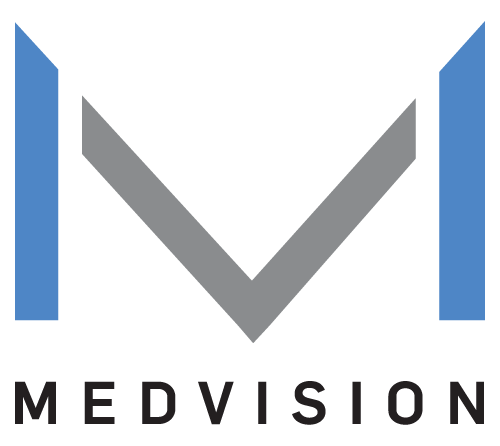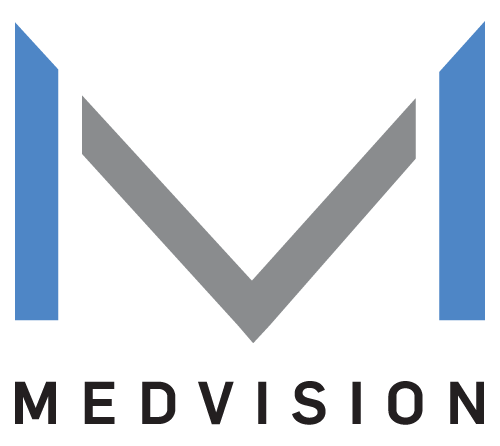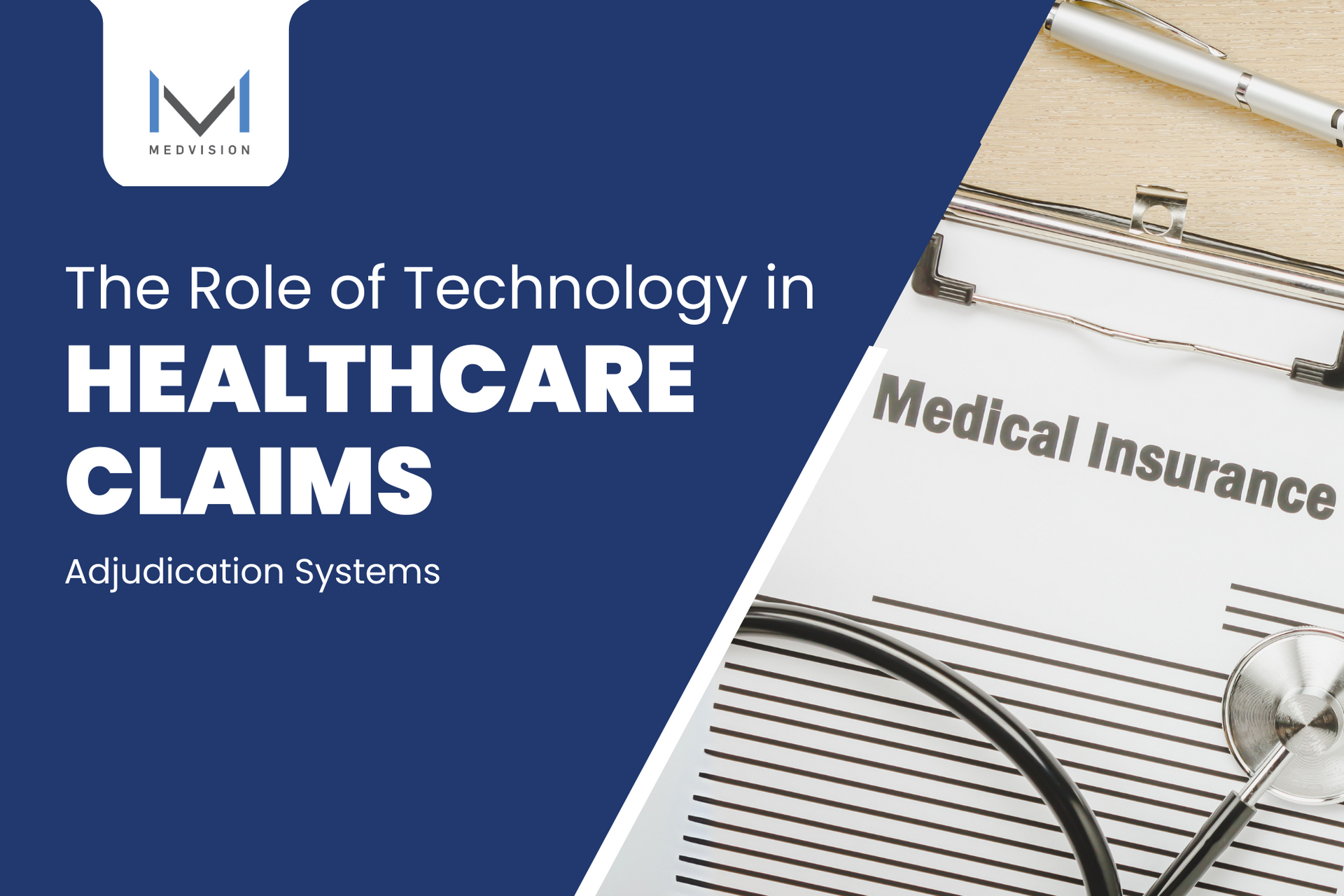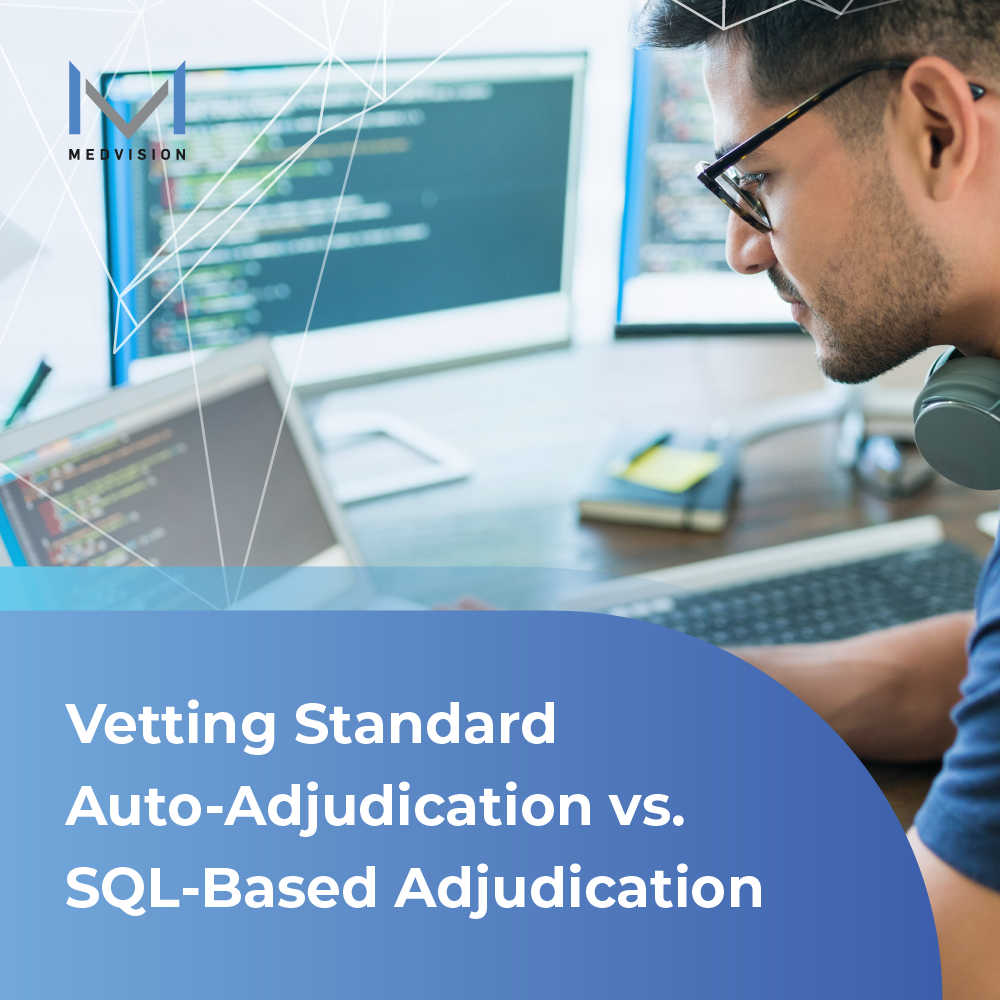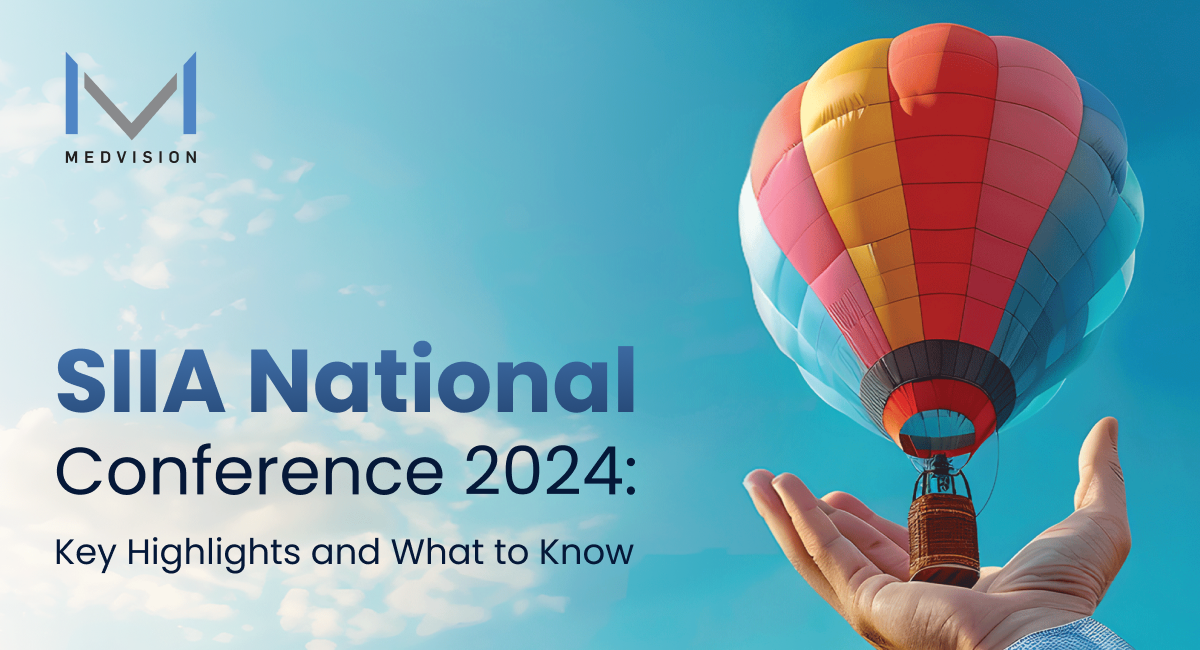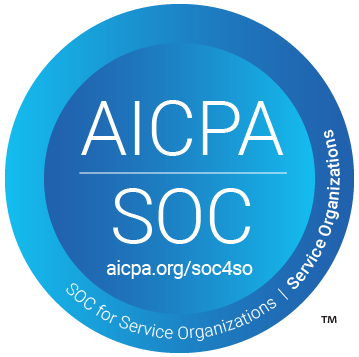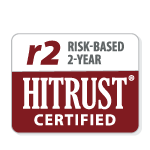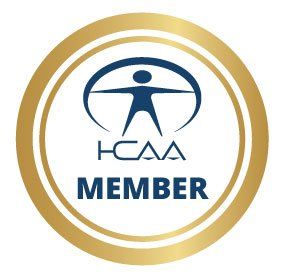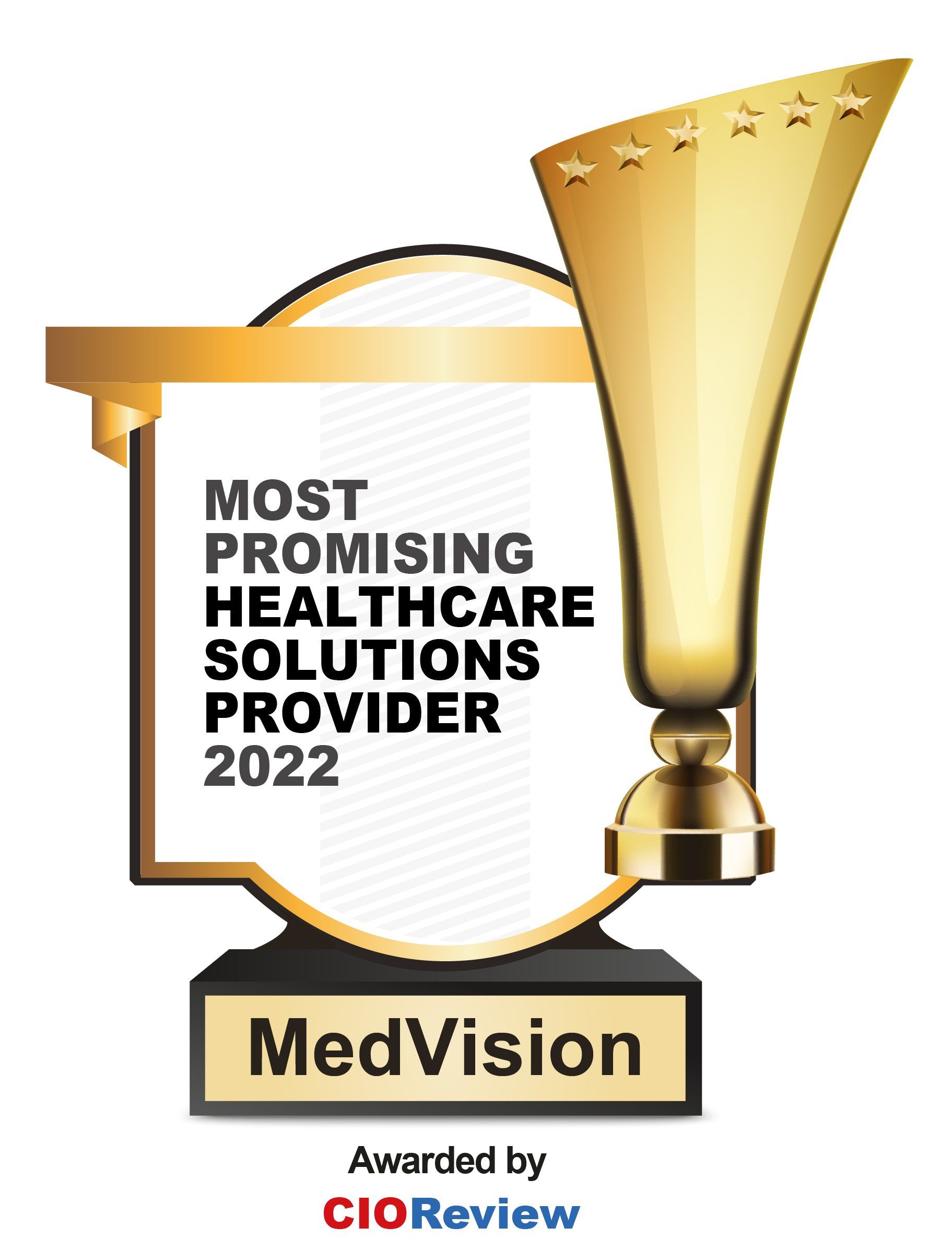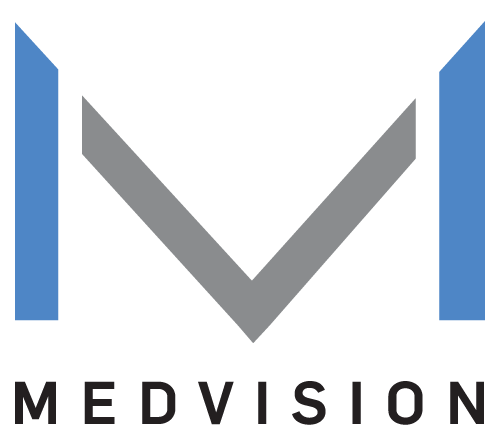Understanding Claims Adjudication:
How Does it Work?
Claims are an intricate and complicated process deemed prerequisite in seeking health care. There are a lot of different parts to it that help adjudicators come into a decision. Many believe that it is difficult to follow and understand. This much is true, however, it pays to know the varying stages and how the medical payments are processed and reimbursed when the claims adjudication is approved.

Manual vs. Auto Adjudication
Insurance companies allot and spend significant portions of their budget on handling claims. Whether they process claims adjudication through manual labor or automation, it takes up most of their expenditure. But is there a difference between manual and auto adjudication?
Manual adjudication involves manually entering and reviewing claims. It requires more time and resources to encode and validate claims through manual process. Most often than not, manual claims adjudication are prone to mistakes and oversight, making it less accurate than fully automated methods.
With auto claims adjudication, it eliminates human error and reduces the need for human intervention. Unlike the traditional claims adjudication, auto adjudication saves time, improves accuracy, and reduces manual labor.
The Step-By-Step Process of Claims Adjudication
Simply put, claims adjudication is a process in which an insurance company decides whether to approve or reject a claim. One of the most complex parts of the medical claim is how and on what grounds they are adjudicated and the different stages to get there. There needs to be fair and just system of settling disputes and this is where the following steps come in:
1. Claim Submission
Claims adjudication typically starts with a healthcare provider, such as hospitals, physicians, and laboratories submitting claims to an insurance company. Once the insurance company receives the claim, an initial review will be conducted to check if the patient information and the physician and its National Provider Identifier (NPI) matches or is valid.
Some cases, claims can be rejected due to an incorrect patient name, service code and date, diagnosis code, and health plan number. However, it can be rectified and resubmitted for payment.
2. Claim Review
Claims are subjected to two levels of review: automatic and manual. During the automatic review, claimants search for more specific items in the claims that pertain to the payment policies of the insurance payers. Following that, an electronic claim will be submitted to a medical review desk to start the manual medical review. A licensed nurse will review the claim's information. Prior claims and the patient's health insurance policy will be reviewed to ensure the procedure is medically necessary and appropriate.
3. Payment Processing
In the payment processing stage is where the insurance companies decide to pay or reduce the claim. When a claim is considered paid, the payer assesses whether or not the claim should be reimbursed. While they reduce the claim if the service level billed is excessive in light of the diagnosis. The procedure code might be downcoded to a lower level deemed suitable by the claims examiner. However, payers can also decide to deny a claim, depending on the details, when the claim is not reimbursable.
4. EOB and EOP Generation
When a claim is approved, the patient will receive an explanation of benefits (EOB) and remittance advice, otherwise known as an explanation of payment (EOP) for providers. It details the information on the notice of and explanations for benefits and payments, reductions in payments, adjustments, denials, and/or uncovered charges associated with a medical claim.

Improve Your Organization’s System with a Claims Adjudication Solution
Claims adjudication software has made huge leaps in popularity within the industry. To draw conclusions with reliability and responsibility, a comprehensive claims adjudication platform like QuickCap can be what you need. With QuickCap, you can experience a more efficient process with reduced claims errors and denials. From sending and receiving claims to adjudication, QuickCap can predict future claim outcomes and ultimately allows you to better and improve your claims adjudication operation.
Automate claims adjudication for a more seamless workflow!
References:
1. Byers, Jeanne-Nicole. “The Five Steps of the Claim Adjudication Process.” The Five Steps of the Claim Adjudication Process. www.linkedin.com, July 13, 2015. https://www.linkedin.com/pulse/five-steps-claim-adjudication-process-jeanne-nicole-byers.
2. Ijaz, Rehan. “Medical Claims Adjudication: What You Need To Know About It.” Health Works Collective. www.healthworkscollective.com, May 25, 2020. https://www.healthworkscollective.com/medical-claims-adjudication-what-you-need-to-know-about-it/.
Explore Related Blogs
Recently published articles
Keep in touch
Subscribe to get the latest update
Trending topics
Share your insights on social media
Upcoming events and company news
